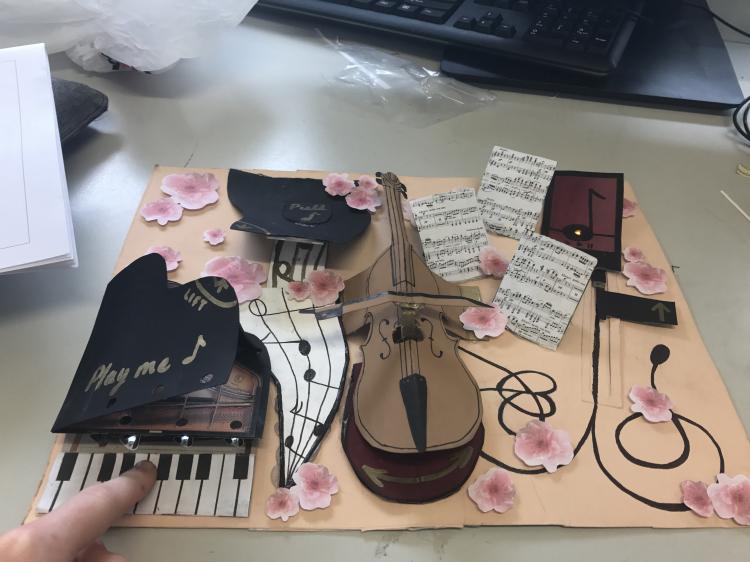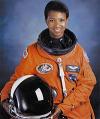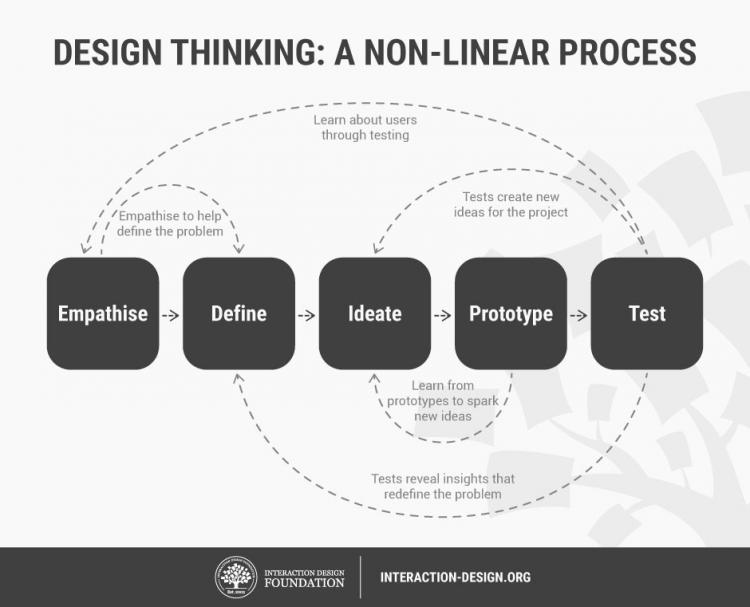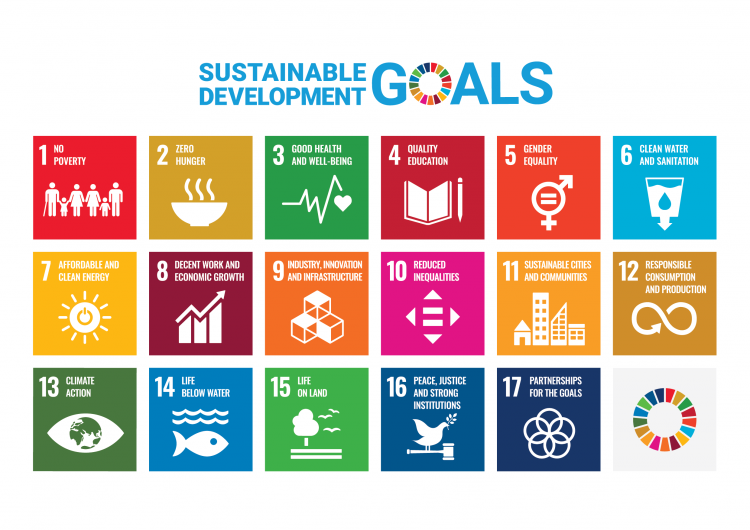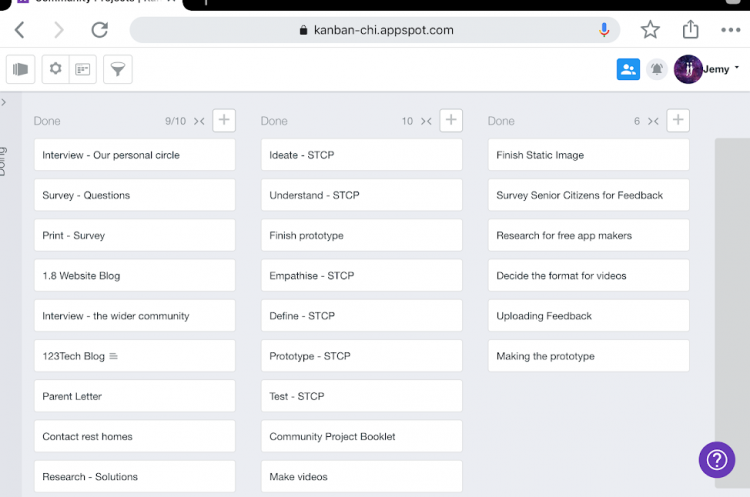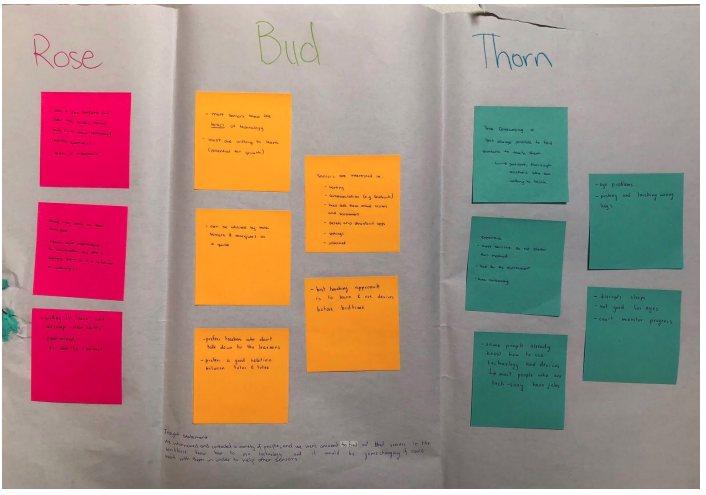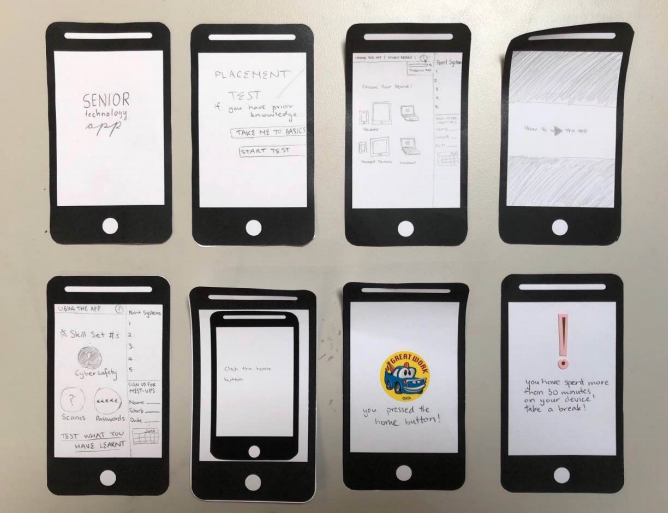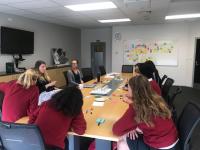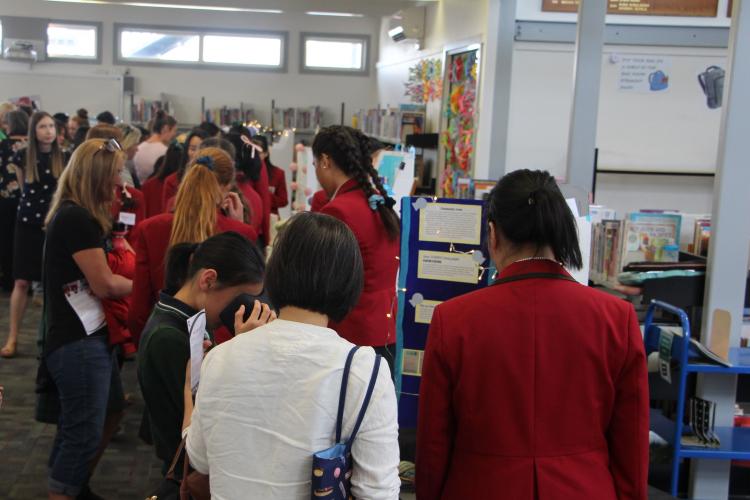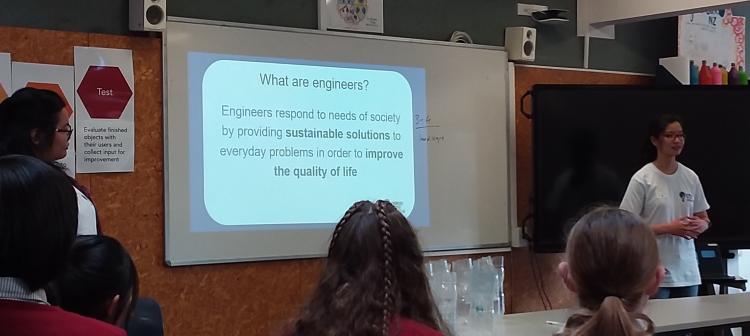Developing a STEAM programme for years 9-13
Tags: Cross-curricular | Design thinking | STEM/STEAM | Secondary |
Teachers at Westlake Girls High School developed a STEAM programme teaching science, technology, engineering, arts (including social studies), and mathematics in an integrated way rather than as discrete subjects.
Their aim was for students to be more agile, adaptive, and able to learn both collaboratively and independently whilst building capabilities required for their futures.
They decided to challenge the silos
They wondered if a more integrated, problem-based approach would strengthen links between technology and other subjects and provide students more motivating and engaging real-world contexts for learning.
So, they developed a STEAM pilot in which science, technology, engineering, arts (and social studies), and mathematics are taught in an integrated way rather than as discrete subjects.
Starting with a vision and graduate profile
An important early step was to create a vision and use it to develop the graduate profile, which describes the attributes, skills, and values that students should develop during the course.
Vision: To create a learning culture of curiosity that empowers learners to engage with the world.
Graduate profile:
- Global citizens.
- Resilient and innovative problem solvers.
- Able to engage with community issues.
- Change-makers of the future.
- Purposeful collaborators.
- Effective communicators.
- Users of emerging technologies in a meaningful way
- Adaptable and committed lifelong learners.
Student expectations:
- Maintain a positive attitude to learning.
- Be adaptable and open to doing different things.
- Take risks and be willing to learn from their mistakes.
- Complete all learning challenges to the best of their ability.
- Work collaboratively and cooperatively with others in teams.
- Support learning for all, showing respect for others.
- Demonstrate commitment to group work.
An integrated, modular approach based on themes
The year 9 and 10 course lasts two years and pairs maths with science, and English with social studies. It also includes semester modules on:
STEAM education creates a learning platform that recognises the importance of creativity and innovation in the future to solve real-world problems, connecting the learning to the real world, giving it a purpose.
– Susana Tomaz, TIC STEAM
- papertronics
- eTextiles
- robotics
- food tech
- future tech
- kinetic sculptures
- community projects
Teachers collaborate closely to develop courses based on termly themes such as:
- global citizenship
- exploration
- war and peace
- artificial intelligence
- our Place, our People
- change
- monsters
- gender
Papertronics
Papertronics is technology that mixes paper and electronics. Students consider the environmental impact of electronics, and are required to integrate sustainable or upcycled materials into their project. In the classroom, students use card and copper tape with button batteries, LEDs, resistors, and other electronic components to create circuits that might be used in authentic contexts to solve problems.
eTextiles
eTextiles is technology that mixes electronics and fabrics. Tech companies are developing e-textile solutions that embed electronics into wearables for fashion, creative arts, or health and fitness purposes, such as sensors that monitor heart rate and temperature. In the classroom, students use conductive thread with button batteries, LEDs, resistors, and other electronic components or microcontroller to create e-textile solutions.
“Our class was fortunate to have guest speaker Donna Cleveland, lecturer at Auckland University of Technology, show us various electronic textile projects she has been involved with. Not only did her projects help people in need, such as the sock that would detect the area of pressure in the foot for people with diabetes, she also created wearables that are interactive and can change colour based on your mood. She showed us a project she created based on a piano with fabric tiles made from conductive thread that allowed you to play music. I am looking forward to next term when we will have the chance to make our own awesome etextiles projects.”
– STEAM student
Iteration through feedback
A key aspect of the early pilot, and of the continuing programme, was to ensure that every step included regular, deliberate feedback from teachers, students, and the community.
Feedback sought included:
- Is the STEAM course meeting your expectations? Why or why not?
- What do you think could be changed or improved in STEAM?
- What skills from the list below do you feel you have improved the most?
- Communication
- Digital skills
- Leadership
- Problem solving
- Collaboration and teamwork
- Creativity
- Critical thinking
- Media literacy
- Resilience
- Innovation
- Adaptability and flexibility
- Lifelong learning
- What highlights have you observed with your daughter in the STEAM program?
- Do you have any suggestions of how we can improve the STEAM program moving forward?
I have been so impressed with STEAM. It has captured my daughter’s intelligent mind and she absolutely loves learning and school in general. This is a large turnaround from her previous school. She talks about going to MIT, she strives for excellence, and we couldn't be happier with her progression. She is off to NASA with her three STEAM friends this year and she is so excited about that and her future.
– Parent
Putting the A in STEAM
It was vital to link in the arts and social sciences when designing the course because the girls’ engagement increased when they connected technology with:
- empathy towards others through human-centred design
- agency to have an impact and make a difference for people or their community
- purpose for using technology to help others.
“Through the social sciences, students develop the knowledge and skills to enable them to: better understand, participate in, and contribute to the local, national, and global communities in which they live and work; engage critically with societal issues; and evaluate the sustainability of alternative social, economic, political, and environmental practices.”
– Why study the social sciences? New Zealand Curriculum, 2007
TED Talk 2002: Mae Jemison – Teach arts and sciences together
Inspiration came from Mae Jemison, who is an astronaut, a doctor, an art collector, and a dancer. Telling stories from her own education and from her time in space, she calls on educators to teach both the arts and sciences, both intuition and logic, as one – to create bold thinkers.
Community projects and the design process
Introducing the design process is an important part of the programme at year 9. Students connect with stakeholders in the community to identify their needs and create prototypes of their designs, journalling their process as they go. They research and dig deep into peoples’ needs to truly understand the issue from their perspective. Through empathy with others, they better define the problem. They then collect feedback from the stakeholders and reflect on whether it is suitable for them or not and what changes would need to be made if they were going to go through the process again.
As students progress into year 10 their project-based learning becomes more embedded and integrated through community projects. Students’ community projects are based on the UN’s Sustainable Development Goals and how they are linked to local issues.
“We often hear and read about climate change, how it is going to affect us in the future. Many people today are not aware that climate change is occurring in today’s world and it is not an issue that we can leave for later. We as global citizens need to take action. As a part of my action, I created a 3D game which let me integrate my passion for advocacy for climate change with my love of STEAM. I made my VR (virtual reality) in Cospaces , a website which is used to make 3D worlds. The game is set in future Earth, where people are forced to live at sea due to sea level rising in artificial islands made of compact houses. The player learns more about climate change, its effects as they move through the game by talking to the characters who give advice to the player so that they can be part of the solution. I hope that my game can be used so that people especially students like myself learn more about the dangers of climate change."
– Parmida Raeis-Hosseini
Parmida’s VR world
Students use a design process to identify a community issue or opportunity and develop a brief for a prototype solution. The projects are structured around the tools and resources provided by 123tech.nz and are developed throughout the year.
This example, Student Community Project Journey Booklet is the journal of one year 10 student group as they went through the design process to create a prototype Senior Technology App.
Design tools used
KANBAN board
A KANBAN board shows tasks that the project team have identified in categories such as:
- To do
- In progress
- Done
It is commonly used in industry and is a great way for students working together on project teams to organise who is doing what and when.
This board has been created using The Kanbanchi App . Trello is another popular tool to organise project tasks or students could use a table in a shared document or sticky notes on the wall.
Rose, Bud, Thorn activity
As part of the ideate or research phase of the design process, the students pitch their ideas to others then categorise them as either:
- Rose – Beautiful ideas that have most potential
- Bud – Possible ideas that are beginning to form
- Thorn – Ideas that are not popular or that have too many limitations
Visualising possible solutions
Students sketch out a range of ideas to help them clarify their thinking and to gather feedback from stakeholders.
Prototyping
Using simple paper-based templates is a great way to sketch out the different screens for an app.
What we are most proud of is the ability to provide our students with a learning platform that allows them, through curriculum integrations, to take their learning to a deeper level; a level that actually relates to the real world and empowers them to have an impact in the community.
– Susana Tomaz, Teacher In Charge of STEAM
Overcoming timetabling challenges
Students taking STEAM courses are timetabled differently to others.
The timetable allows for two teachers working with a cohort of students at the same time. Ensuring teachers who are paired together can plan together is an important success factor. All teachers involved in the course are given a day each term to spend together to review and plan. STEAM students have one period per week less Mathematics, English, Social Studies and Science tuition compared with the rest of the year group.
| How does the timetable work? | |
|---|---|
| STEAM Maths and Science | 3 periods each, plus one shared lesson co-taught per 6 day cycle |
| STEAM English and Social Studies | 3 periods each, plus one shared lesson co-taught per 6 day cycle |
| Papertronics/Robotics (Y9) | Term 1 and 2, Term 3 and 4, 3 periods a cycle |
| Food Technology (Y9) | Term 1 and 2, Term 3 and 4, 3 periods a cycle |
| FutureTech/Kinetic sculptures (Y10) | Term 1 and 2, Term 3 and 4, 3 periods a cycle |
| Community projects (Y10) | 2 periods per 6 day cycle during the shared lessons |
Students designed their own senior course
It soon became apparent that students benefited from the integrated approach in years 9 and 10. A lead team of current and past STEAM students got together with teachers for a design sprint to create the senior course. This resulted in year 11 and 12 students being able to continue the integrated approach through the E-STEAM course, where E is for Entrepreneurship.
In E-STEAM, students work collaboratively to develop their ideas into a feasible business or social enterprise, aligned to the UN sustainable goals. This challenges students to be innovative in their product and their outcome and encompasses financial capability and business studies. As part of E-STEAM, students complete an internship with a local company allowing them to experience a work environment, develop their network, and be exposed to new career pathways.
E-STEAM students choose from a range of Achievement standards to create an Individual Learning Plan. For example, a student might design a piece of upcycled art that raises awareness of an identified community issue. This may involve:
- interviewing stakeholders in the community
- developing a social enterprise that deals with the issue
- integrating digital technology to enhance how people experience the art
Projects like this enable students to achieve standards in Art, Business, Digital Technology, and English literacy.
We’ve seen an increase in the uptake of digital technology at senior school which has been great.
– Susana Tomaz, TIC STEAM
E-STEAM project brief
You will use principles of design thinking/human-centred design to develop innovative solutions for the community while developing finance capabilities for your personal life as in a business/enterprise context and the potential for you to create your own startup.
You will work collaboratively to develop your ideas into a feasible business/social enterprise which will be aligned to the UN sustainable goals.
You will also have the opportunity to enter your Social Enterprise project into the Community Problem Solving Competition.
Getting industry involved
The report, Preparing tomorrow’s workforce for the fourth industrial revolution calls on the business community to take a more proactive role in preparing today’s youth to ensure they are ready to become the workforce of tomorrow. It recommends that businesses “reframe the possibilities for marginalised youth, including those who historically have been difficult to reach with particular attention to women and girls”.
| Skill categories | Definition | Purpose | Examples | Teaching & training methodology |
|---|---|---|---|---|
| Workforce readiness |
Foundational to individuals’ entry and ongoing success in the workplace, ranging from initial job search to maintaining continuous employment |
To support youth in finding and securing employment, and succeeding within the workplace |
Literacy, numeracy, digital literacy, resume writing, self-presentation, time management, professionalism, etiquette, social norms |
|
| Soft skills |
Personal attributes, social skills, and communication abilities that support interpersonal relationships and interactions with others |
To support youth as they integrate and collaborate with internal and external workplace stakeholders, such as customers, co-workers, and management |
Communication, critical thinking, creative thinking, collaboration, adaptability, initiative, leadership, social emotional learning, teamwork, self-confidence, empathy, growth mindset, cultural awareness | |
| Technical skills |
Knowledge and capabilities to perform specialised tasks |
To give youth technical or domain expertise to perform job-specific tasks |
Computer programming, coding, project management, financial management, mechanical functions, scientific tasks, technology-based skills, and other job- specific skills (for example, nursing, farming, legal) | |
| Entrepreneurship |
Knowledge and abilities that support success in creating and building a workplace opportunity or idea |
To support youth in establishing their own business, supporting entry into freelance, contract work, or gig work, and/or developing as a self-starter within a work environment |
Initiative, innovation, creativity, industriousness, resourcefulness, resilience, ingenuity, curiosity, optimism, risk-taking, courage, business acumen, business execution |
I think that STEAM programmes, such as the one at Westlake Girls, are one of the greatest ways that we can get students prepared for the future. It's incredibly important for employers such as HP to identify candidates who have a diverse set of experiences. While traditional education focuses on individual study and single-subject syllabus-focused curriculum, what employers require is fundamentally different. We are seeking candidates who can collaborate, work together on projects, and be agile and adaptable. Furthermore, we need candidates who understand a diverse range of communication methods.
– Victoria Mahan, Director HP NZ
Connecting with local businesses is a key aspect of STEAM at Westlake Girls. This is done through:
- events that showcase students projects
- industry providing internships for students
- local business people mentoring students through projects
- local business people running workshops for students
- events where parents can also learn about innovative workplaces
- an innovation expo where expert female role models judge the students’ projects, “Dragon’s Den” style.
The school engages with Engineers without borders who organise young engineers to visit the school. These provide the students with positive role models and insights into global authentic contexts for engineering challenges.
Watching our daughter going through the STEAM programme, we noticed that she has developed confidence, she is more comfortable to face new challenges, and she has developed very dynamic thinking skills and problem solving skills. The comprehensive and inter-linked knowledge she learned definitely provides the opportunity for her to understand this world from multiple perspectives with a balanced view.
– Parent
